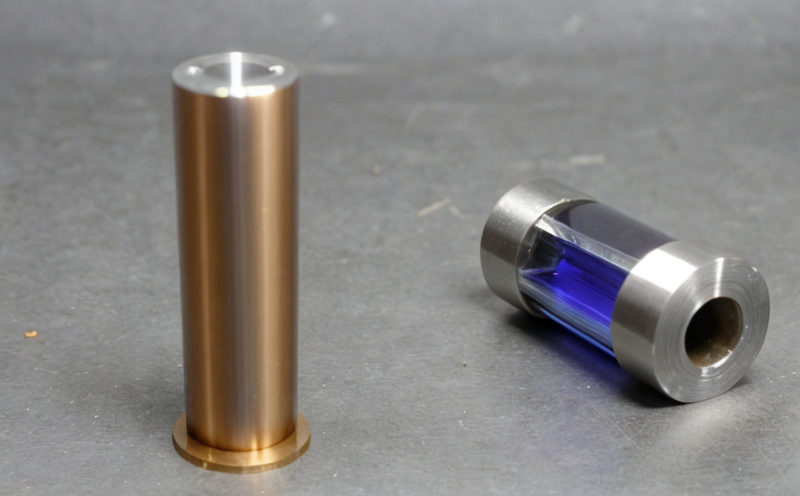Automotive interior textiles dimensional stability test
In the automotive industry, where every component must perform flawlessly under diverse conditions, ensuring that textiles used in interiors exhibit dimensional stability is paramount. Automotive interior textiles are subjected to a variety of environmental and mechanical stressors during vehicle usage, including temperature fluctuations, moisture exposure, cleaning processes, and constant friction from occupants.
Dimensional stability testing assesses how materials maintain their shape and size under specified conditions, which directly impacts the comfort, aesthetics, and durability of automotive interiors. Textiles that shrink or distort over time can lead to poor fitment in seating areas, compromised structural integrity, and a diminished overall quality experience for consumers.
The test involves exposing textile samples to controlled environmental conditions, such as elevated temperatures, humidity levels, and washing cycles, simulating real-world usage. The sample is then measured before and after the exposure period to evaluate changes in dimensions. This process helps manufacturers identify suitable materials that can withstand various stresses without compromising performance.
The automotive industry places high importance on dimensional stability because it affects not only the functionality of seats but also factors such as passenger safety, ergonomics, and brand reputation. Consumers expect interiors that remain functional over extended periods, which necessitates rigorous testing to ensure product reliability.
ISO 17834:2016 is one of the recognized standards for assessing dimensional stability in textiles used within automotive applications. It provides guidelines on test methods and acceptance criteria, ensuring consistency across different laboratories performing similar assessments. Compliance with these standards enhances trust among stakeholders and supports regulatory requirements.
Properly conducted tests are essential for several reasons:
- To guarantee that the interior textiles meet industry quality expectations.
- To confirm compliance with relevant international standards like ISO 17834:2016.
- To support product development and innovation by identifying optimal material properties.
- To ensure reliability during manufacturing processes, thereby reducing the likelihood of defects post-installation.
By conducting these tests early in the design phase, manufacturers can make informed decisions about fabric selection and processing methods. This proactive approach helps to minimize potential issues later on, ultimately leading to higher-quality products that better meet customer expectations.
Applied Standards
The dimensional stability test for automotive interior textiles follows the guidelines set forth in ISO 17834:2016. This international standard provides detailed procedures and acceptance criteria to ensure accurate measurement of changes in dimensions due to exposure to specific environmental conditions.
During testing, samples are subjected to controlled environments that mimic real-world scenarios such as high temperature (up to 95°C), relative humidity levels (40% RH to 100% RH), and cyclic washing cycles. After undergoing these stressors, the samples are measured again using precise instruments like micrometers or laser profilers to determine any variations in size.
The acceptance criteria outlined in ISO 17834:2016 specify maximum allowable dimensional changes based on initial measurements. For example, if a sample's length decreases by more than the prescribed limit after being exposed to heat and humidity for a set duration, it would fail the test. Passing this criterion indicates that the textile maintains its intended dimensions within acceptable tolerances.
Adherence to these standards ensures consistency in testing results across different laboratories, facilitating better communication between suppliers and end users regarding performance expectations. It also simplifies regulatory compliance processes by providing clear benchmarks against which products can be evaluated.
Why Choose This Test
- Promotes Quality Assurance: Ensures that textiles used in automotive interiors meet strict quality standards, enhancing overall product reliability.
- Facilitates Regulatory Compliance: Helps manufacturers comply with international regulations and industry best practices.
- Safeguards Consumer Satisfaction: By ensuring materials do not shrink or distort over time, it contributes to a more comfortable and aesthetically pleasing interior environment for passengers.
- Supports Innovation: Provides valuable data that aids in developing new fabrics with improved dimensional stability characteristics.
Customer Impact and Satisfaction
The impact of ensuring dimensional stability in automotive interior textiles extends beyond mere functionality; it significantly contributes to customer satisfaction and loyalty. When passengers experience interiors that remain comfortable, well-fitted, and visually appealing throughout their vehicle's lifecycle, they are more likely to have a positive impression of the brand.
From an operational standpoint, successful dimensional stability tests contribute positively towards reducing warranty claims and service disruptions caused by poorly fitting or deteriorating textiles. This leads to improved customer relations and increased market share for automotive manufacturers who prioritize quality control processes like these.
In addition, meeting rigorous testing requirements demonstrates a company’s commitment to excellence in product development, thereby fostering trust among consumers. Such transparency helps build long-term relationships with customers, encouraging repeat purchases and recommendations from satisfied users.





